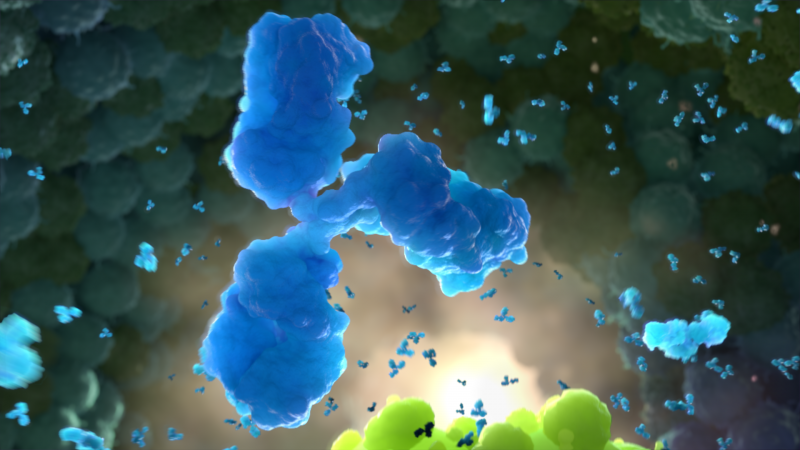Science & Society #5 – When the treatment is worse than what you’re treating: Who should decide if a procedure is legal?

In the late 1930s, lobotomy became popular for patients with psychological disorders. A lobotomy is a surgical procedure that severs the connections between the frontal lobe of the brain and the rest of the brain. Dr. Walter Freeman altered the original procedure so that the skull did not need to be cut. In his version, called a transorbital lobotomy, an ice pick was inserted about 3 inches into the brain through a thin bone near the eye. In the absence of other options for treating mental disorders, like schizophrenia, the procedure offered hope and remained popular until the availability of antipsychotic drugs in the 1950s.
Over time, Dr. Freeman performed lobotomies not only on patients with schizophrenia, but also on patients with conditions that might not be lifelong (e.g., post-partum depression) or permanently debilitating (e.g., migraines). Because of the nature of this procedure, the outcomes were permanent, and their success was variable. For some, the ability to participate in daily life improved; for others, the changes were far more damaging.
Stories of individuals treated with lobotomy that have been shared publicly illustrate different opinions related to the utility of the procedure as well as the repercussions felt not only by treated individuals, but also their family members:
- ‘My Lobotomy’: Howard Dully’s Journey1 - This approximately 23-minute StoryCorp piece2 with a series of supporting documents prepared for NPR’s All Things Considered aired on November 16, 2005. Howard Dully received a lobotomy at the age of 12 because his stepmother felt he did not behave properly. As an adult, Dully explored what happened to him by researching his case; interviewing others, including Dr. Freeman’s son; and recording a conversation with his dad about his story.
- Not all there: My mother’s lobotomy3 – Written by Mona Gable and published by Stat News on October 27, 2016, the author’s mother had a lobotomy shortly after her birth to treat a brain tumor. As a result of the procedure, her mother was not able to effectively care for her and her siblings. The author writes of her memories of childhood and her journey to learn more about what her mother was like prior to the procedure.
- The lost Kennedy: the tragic life of JFK’s sister Rosemary4 – Written by Marius Gabriel and published by History Extra on June 8, 2018, this story describes the decision made by Joseph Kennedy to have his eldest daughter treated by Dr. Freeman. Her lobotomy was performed in 1941 when she was 23-years old. After the procedure, she was physically and verbally disabled. She remained so for the rest of her life.
An article by Shanna Freeman published in 2008 on the website, How Stuff Works, titled “How lobotomies work”5 indicated that although lobotomies are outlawed in some places, they are still performed in others, and according to the article, a few doctors in the U.S. have suggested that lobotomies should again be allowed in the U.S. as well.6
For Discussion
Lobotomies are not the only procedures in which the outcomes of treatment can be worse than the original problem. Consider prescription opioids for management of pain, silicone implants for cosmetic enhancement, and gastric bypass procedures for weight management. Are there differences between lobotomies and these other procedures? Who do you think should decide whether risky procedures with mixed outcomes should be allowed? If the procedures are allowed, should criteria be established for deciding who can get them, and how should these kinds of decisions be made?
Additional resources:
1My Lobotomy’: Howard Dully’s Journey. 2005 November 16, All Things Considered. Accessed at https://www.npr.org/2005/11/16/5014080/my-lobotomy-howard-dullys-journey 15 February 2019.
2Kochhar P and Isay D, Producers. My Lobotomy. 2005. StoryCorps, Sound Portraits. Accessed at https://storycorps.org/listen/my-lobotomy/ 15 February 2019.
3Gable M. Not all there: My mother’s lobotomy. 27 October 2016. Stat News. Accessed at https://www.statnews.com/2016/10/27/not-all-there-my-mothers-lobotomy/ 15 February 2019.
4Gabriel M. The lost Kennedy: the tragic life of JFK’s sister Rosemary. 8 June 2018. History Extra. Accessed at https://www.historyextra.com/period/20th-century/rosemary-kennedy-jfk-sister-life-lobotomy-what-happened/ 15 February 2019.
5Shanna Freeman "How Lobotomies Work" 27 October 2008. HowStuffWorks.com. Accessed at https://science.howstuffworks.com/life/inside-the-mind/human-brain/lobotomy.htm, 15 February 2019.
6 To find out more about this topic, check out Chapter 5, Turning the Mind Inside Out, of Pandora’s Lab: Seven Stories of Science Gone Wrong, by Paul A. Offit, MD.
7Books related to lobotomies include The Lobotomist: A Maverick Medical Genius And His Tragic Quest to Rid the World of Mental Illness by Jack El-Hai, published in 2005 by Wiley and White Matter: A Memoir of Family and Medicine by Janet Sternburg, published in 2015 by Hawthorne Books.
About the series:
The Science & Society discussion series is based on the book, Pandora’s Lab: Seven Stories of Science Gone Wrong, by Dr. Paul Offit, Director of the Vaccine Education Center at Children’s Hospital of Philadelphia. We understand that teachers are using this book in high school classrooms, so in an effort to continue providing classroom resources, we developed this series to provide short reading passages that will leave students with questions to further explore in classroom discussions or specific projects. By presenting scientific ideas representing two sides of an issue, students will have the opportunity to consider how science fits into society from political, ethical, and legal points of view.

